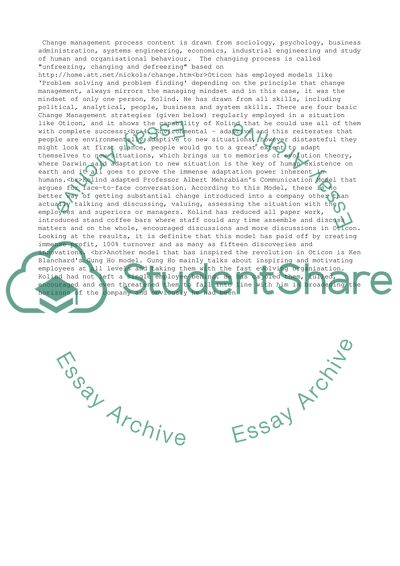Cite this document
(“Company Review Case Study Example | Topics and Well Written Essays - 4250 words”, n.d.)
Company Review Case Study Example | Topics and Well Written Essays - 4250 words. Retrieved from https://studentshare.org/business/1520208-company-review
Company Review Case Study Example | Topics and Well Written Essays - 4250 words. Retrieved from https://studentshare.org/business/1520208-company-review
(Company Review Case Study Example | Topics and Well Written Essays - 4250 Words)
Company Review Case Study Example | Topics and Well Written Essays - 4250 Words. https://studentshare.org/business/1520208-company-review.
Company Review Case Study Example | Topics and Well Written Essays - 4250 Words. https://studentshare.org/business/1520208-company-review.
“Company Review Case Study Example | Topics and Well Written Essays - 4250 Words”, n.d. https://studentshare.org/business/1520208-company-review.


